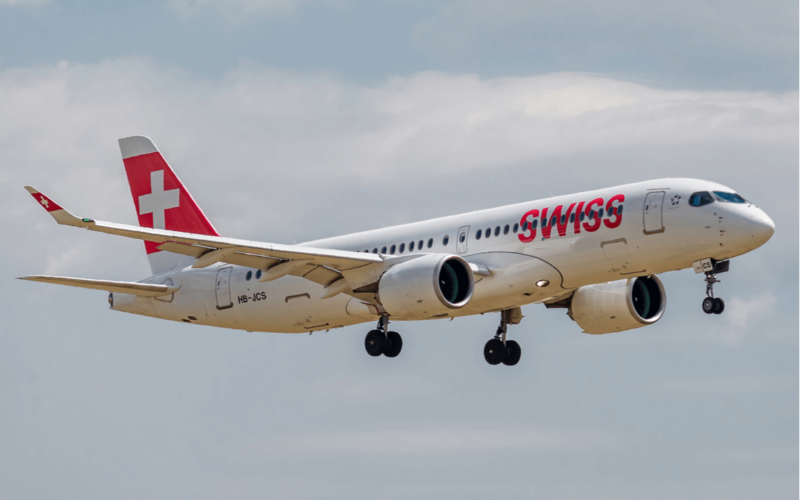Transport Canada, the Canadian civil aviation authority, has issued an emergency airworthiness directive to reduce the engine thrust of Airbus A220 aircraft under certain conditions after several engine incidents were reported.
Issued on October 26, 2019, the directive states that pilots of both the A220-100 and A220-300 models must fly at 94% of their full thrust capacity when they are over 29,000 feet (about 9 kilometers) of altitude. The automatic throttle control must be disabled before climbing at this altitude.
The directive follows several reports of engine in-flight shutdowns affecting the aircraft. On October 15, 2019, Swiss International Air Lines grounded all of its 20 Airbus A220s for an emergency inspection after at least three engine incidents. The two-day inspection forced the Lufthansa (LHAB) (LHA) subsidiary to cancel about a hundred flights. Operations resumed after the engines were found in “impeccable condition”.
“Preliminary investigation results indicate high altitude climbs at higher thrust settings for engines with certain thrust ratings may be a contributor”, says Transport Canada. The A220 family is powered by the Pratt & Whitney PW1500G engines.
Additionally, Transport Canada forbids the aircraft to fly above 35,000 feet (about 10 kilometers) when weather conditions are prone to icing, as activating the de-icing system at this altitude may overheat the engine, triggering the fire warnings.
Carriers have seven days to comply with the directive. Transport Canada warns that those are interim measures that could be followed by additional actions as the investigation progress.

